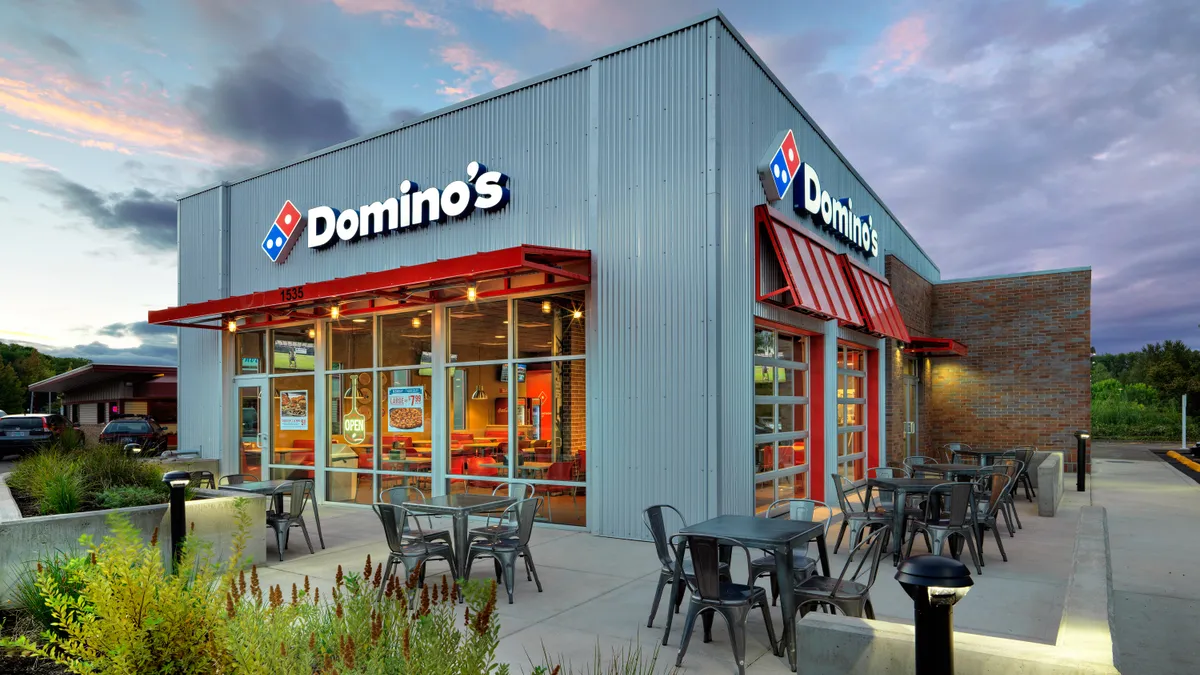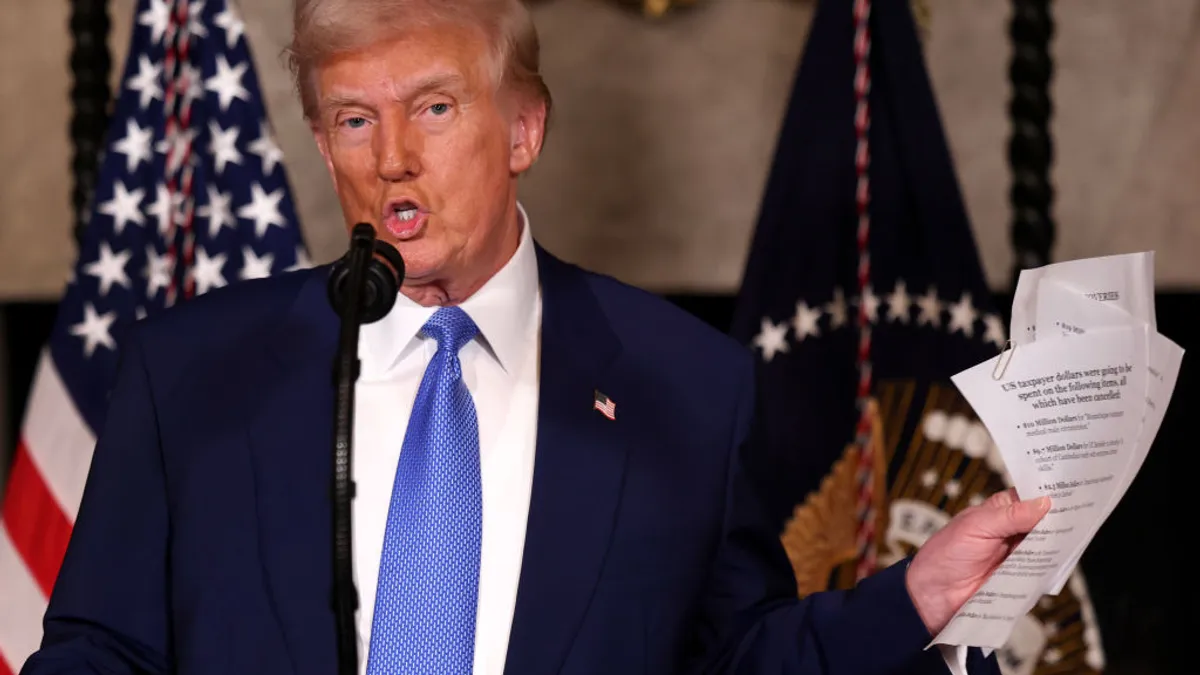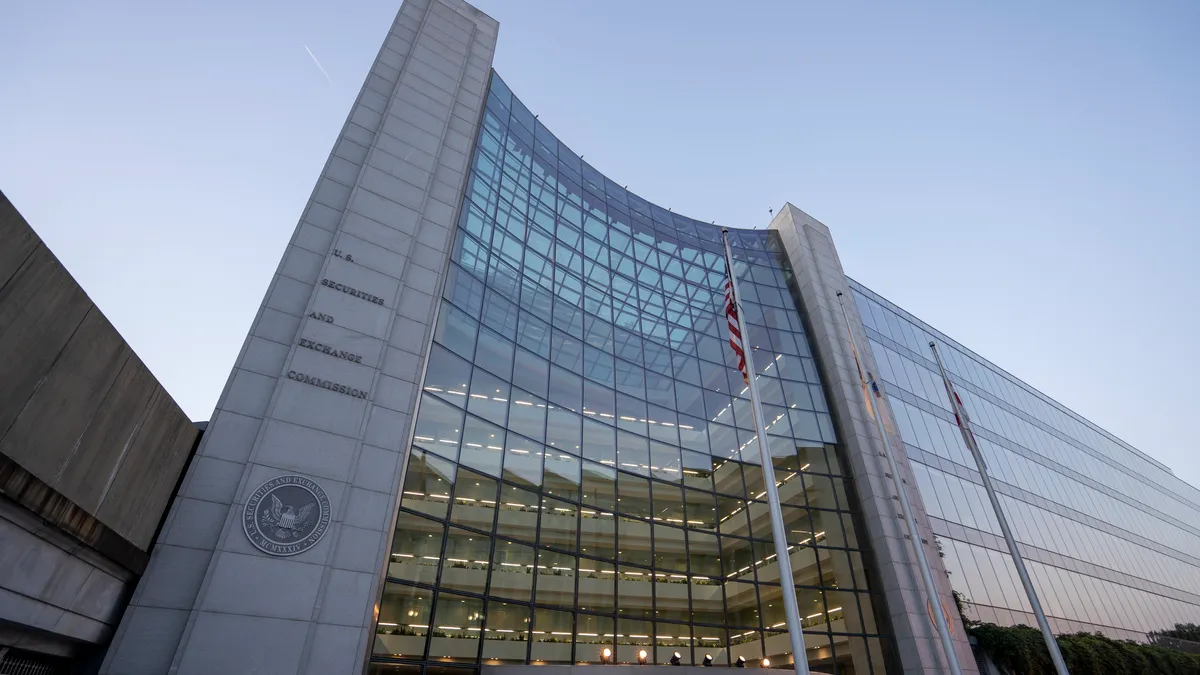It’s best to assess on a case-by-case basis whether you can use arbitration to resolve an employee conflict, even if you have a mandatory arbitration clause in your employment agreements, if the employee has a transportation-related job function, recent federal case law suggests.
Although the Federal Arbitration Act exempts transportation-related employees from mandatory arbitration if they’re involved in interstate commerce, you can’t assume you know what constitutes an interstate-commerce related job function, recent decisions by the U.S. Supreme Court show.
“Companies tend to have uniform employment agreements, where everybody is subject to the same procedural provisions,” Richard Silberberg of Dorsey & Whitney told Legal Dive. “In-house counsel and HR people are going to have to realize that that may not survive. There may be some folks who are going to be subject to arbitration and some who will not be.”
Long history
The interstate-commerce exemption has been a part of FAA since it was enacted in 1925 but it’s come under scrutiny this year in a number of federal cases and at the Supreme Court.
In Southwest Airlines v. Saxon, a June case before the top justices, the Supreme Court agreed with the 7th U.S. Circuit Court of Appeals that an airline employee whose job included loading and unloading cargo was engaged in interstate commerce since a portion of the cargo was from outside the state. But justices then sent a second case, Domino’s Pizza v. Carmona, back to the 9th Circuit, saying it’s not clear pizza delivery makes the drivers eligible for the exemption in the same way, even though pizza ingredients at the chain come from outside the state.
The Supreme Court effectively said the 9th Circuit was too quick to cite a 1st Circuit case involving Amazon drivers. In that case, Waithaka v. Amazon, the court decided the drivers were eligible for the exemption, even though they made last-mile deliveries, because they were the end-point in a chain involving interstate commerce.
“Delivery workers who haul goods on the final legs of interstate journeys are transportation workers ‘engaged in interstate commerce,’ regardless of whether the workers themselves physically cross state lines,” the court said.
In the Domino’s case, the court applied the same point: that the drivers were the end-point in a process that used interstate commerce to get ingredients from one state into the pizza that was delivered to homes in another state.
But it’s not clear that what applied to the Amazon drivers necessarily applies to the Domino’s drivers, the Supreme Court said.
“What the Supreme Court was saying is, ‘We’re not going to make a threshold determination concerning groups of employees,’” said Silberberg. “This is a very fact-specific inquiry.”
It’s possible even the Amazon case will get a second look in light of the Supreme Court’s decision in the Domino’s case, he said,
Far-reaching implications
The flurry of decisions can have a big impact on companies’ bottom lines, especially as the gig economy grows, because so much of these delivery services can be construed as the end-point of a process that brings material and products from one state to another, even if the process appears local on its face.
GrubHub drivers, for example, were involved in a similar case, Archer v. GrubHub. But that was a case the drivers lost, when the court interpreted their work as not involving interstate commerce.
Bottom line for in-house counsel: if you have employees involved in transportation, you have to look carefully at their job function and whether it involves interstate commerce and make a determination about whether they can be subject to mandatory arbitration if that’s your company’s policy.
Whether you can look to the courts as a guide in making your determination is another matter. The mix of outcomes in the lower federal courts and at the Supreme Court, with its decision not to identify a threshold on what constitutes interstate commerce, leave the issue murky.
“There isn’t a bright line,” Silberberg said. “It’s not something you’ll be able to get with a high degree of accuracy, and further guidance on it is going to have to come from the Supreme Court, and that could be slow in coming.”



















